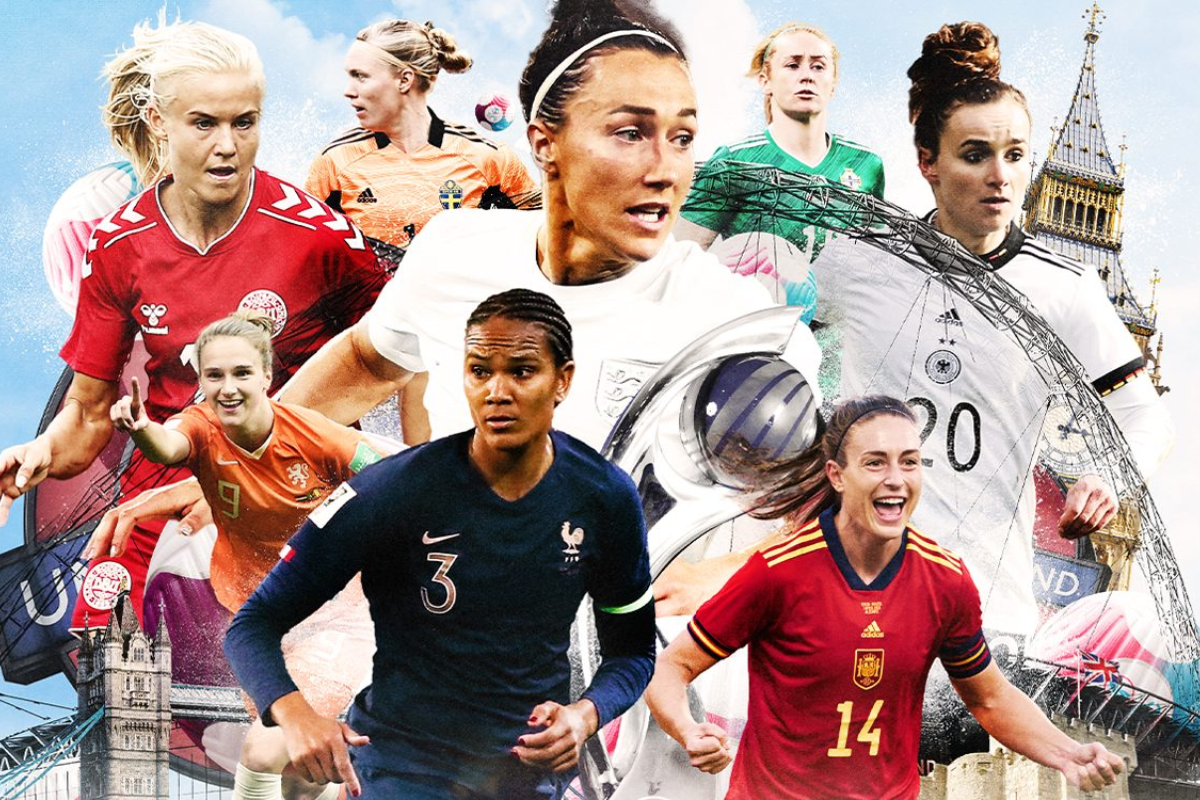Introduction
Have you ever wondered what it takes for women to succeed in football? While we see incredible goals and shining trophies on TV, there’s a darker side many don’t talk about—harassment. In women’s football teams worldwide, harassment cases have surfaced that shake the very foundation of the sport. Let’s dive deep into this critical issue.
Historical Background
Early struggles of women in football
For decades, women were discouraged or even banned from playing football in many countries. They faced stereotypes that football was “too rough” for women or “not feminine.” Despite this, women fought their way onto the field.

Key milestones for women’s football
From the first unofficial matches in the 1920s to the establishment of the FIFA Women’s World Cup in 1991, women’s soccer has gradually gained recognition. Yet, with increased visibility came new challenges, including harassment.
Forms of Harassment Faced by Women Footballers
Sexual harassment
This is one of the most serious issues. Players have reported inappropriate touching, unwanted advances, and sexual coercion from coaches or staff.
Verbal abuse and bullying
Name-calling, threats, and constant criticism can destroy a player’s confidence and mental health.
Discrimination and inequality
Women footballers are often treated as “lesser” athletes, paid less, and given fewer resources. Discrimination is a form of harassment that impacts their entire career.
High-Profile Harassment Cases in Women’s Football
Cases in national teams
Example: USA Women’s National Team
Even one of the most successful teams globally hasn’t been immune. Former players have spoken up about a culture of silence around abuse and coercion.
Example: Colombian women’s team
Several Colombian players revealed sexual harassment and threats from coaching staff, which sparked global outrage and investigations.
Cases in club football
Harassment cases have rocked club football, from European leagues to grassroots levels, exposing systemic issues within clubs.
The Role of Coaches and Staff in Harassment
Coaches often hold immense power over players’ careers. When this power is misused, it creates an environment ripe for abuse. Sadly, many clubs lack mechanisms to hold staff accountable, making it easier for perpetrators to act with impunity.
Impact on Athletes
Harassment doesn’t just stop on the field. It affects players’ mental health, sometimes leading to anxiety, depression, or early retirement. Imagine training your whole life for a dream, only to have it crushed by someone abusing their position.
Media Coverage and Public Response
While media attention can help bring issues to light, coverage is often sensational rather than supportive. Social media movements like #MeToo have empowered athletes to share their stories, but online trolls also create new challenges for victims.
Legal and Institutional Response
FIFA has introduced safeguarding policies, and some federations have created hotlines for reporting abuse. However, implementation is inconsistent, and in many cases, justice is slow or absent.
Support Systems for Victims
Organizations now offer counseling, legal support, and advocacy. However, players still face hurdles such as cultural taboos and the fear of losing their careers if they speak out.
Role of Advocacy Groups and NGOs
Groups like FIFPRO and Women in Football have launched campaigns to support safe environments. Success stories, such as lifetime bans for abusive coaches, show that activism can lead to change.
The Importance of Safe Spaces in Women’s Football
Safe spaces are more than physical—it’s about building trust and respect. Clubs that actively work to create positive cultures see better performance and player retention.
Challenges in Reporting Harassment
Fear of retaliation or being labeled “difficult” stops many from coming forward. Many players don’t trust that complaints will be taken seriously or fear it will end their careers.
Future of Women’s Football and Gender Equality
There’s hope! More players, fans, and officials are advocating for equality and safety. Education, stronger policies, and cultural change are paving the way for a better future.
Conclusion
Harassment in women’s football is a painful reality that needs urgent action. By amplifying voices, holding offenders accountable, and creating safe spaces, we can protect the future of the sport and inspire new generations to play without fear.
FAQs
1. What are the most common types of harassment in women’s football?
Sexual harassment, verbal abuse, and discrimination are the most frequently reported forms.
2. How can players protect themselves?
By knowing their rights, seeking support networks, and reporting incidents, even though it’s hard, it’s essential for change.
3. What is FIFA doing to prevent harassment?
FIFA has introduced safeguarding policies and requires national federations to implement protection measures, but enforcement still varies.
4. Are there any success stories of justice being served?
Yes! Some coaches and staff have been banned or legally prosecuted after players courageously came forward.
5. How can fans help support female athletes?
Support initiatives that protect women, call out abuse when you see it, and use your voice on social media to encourage accountability.
